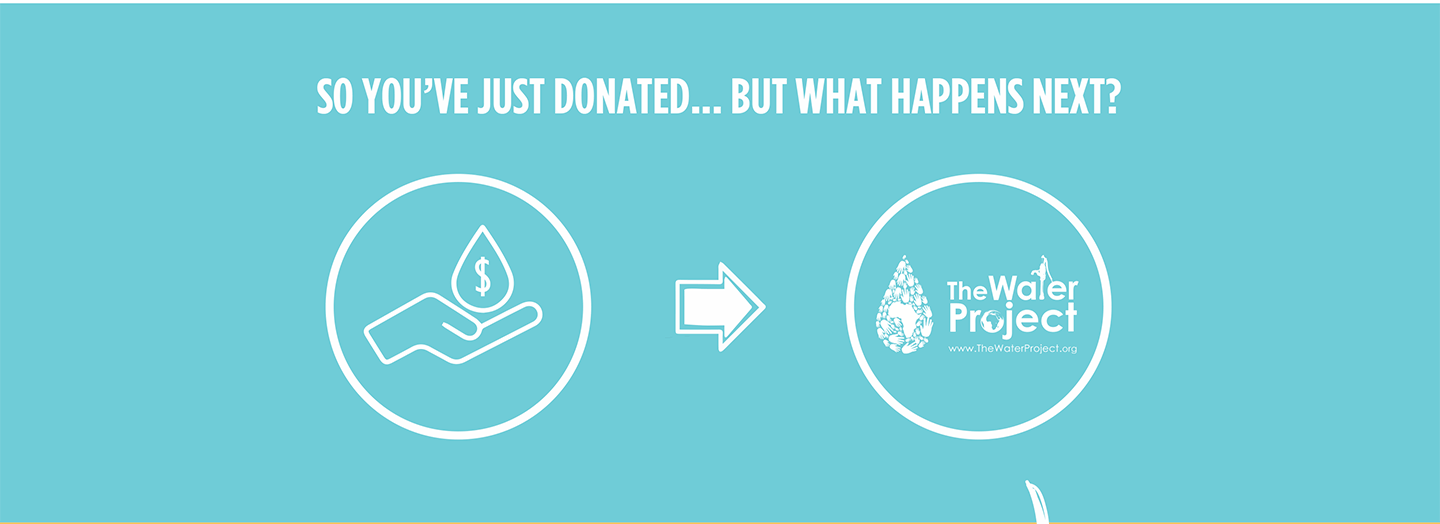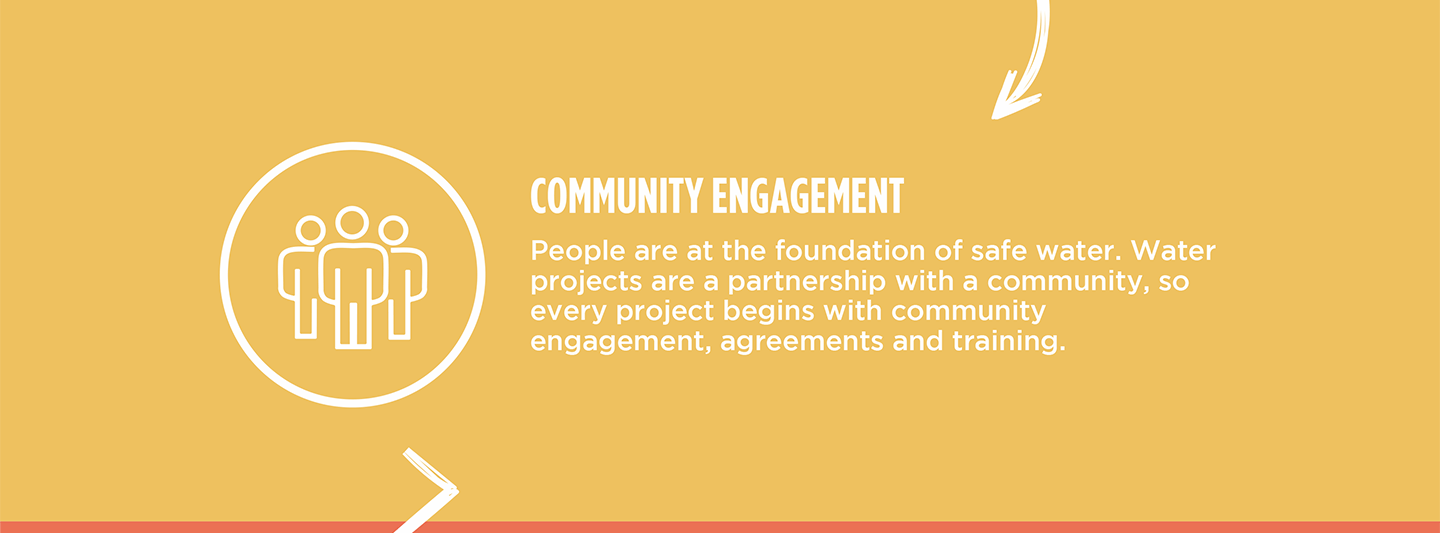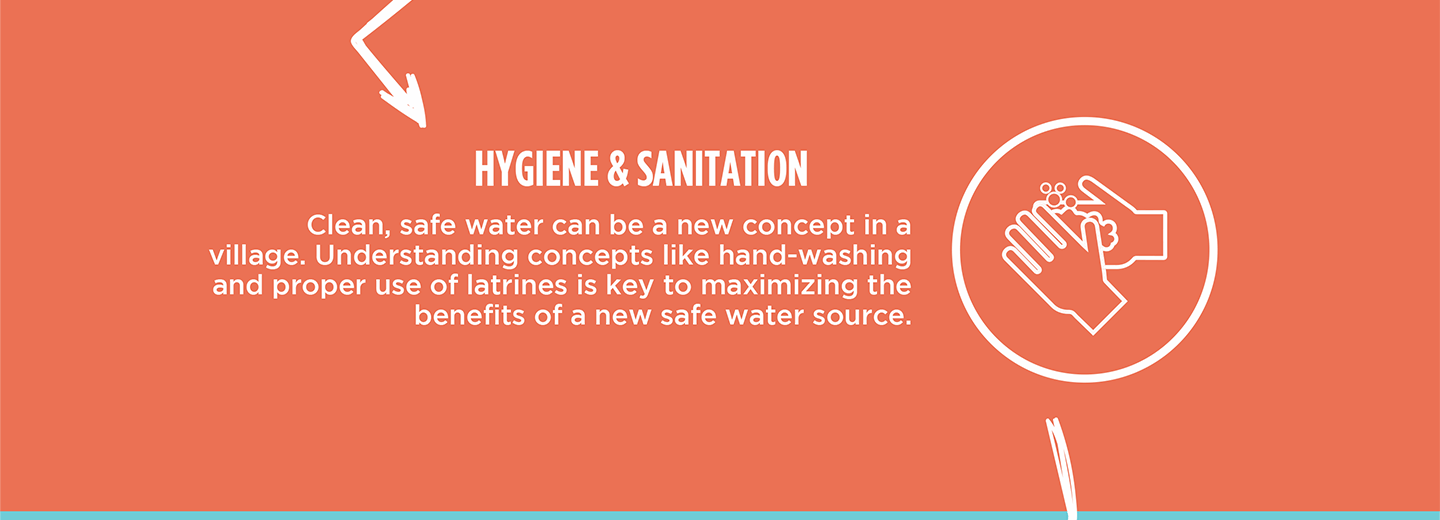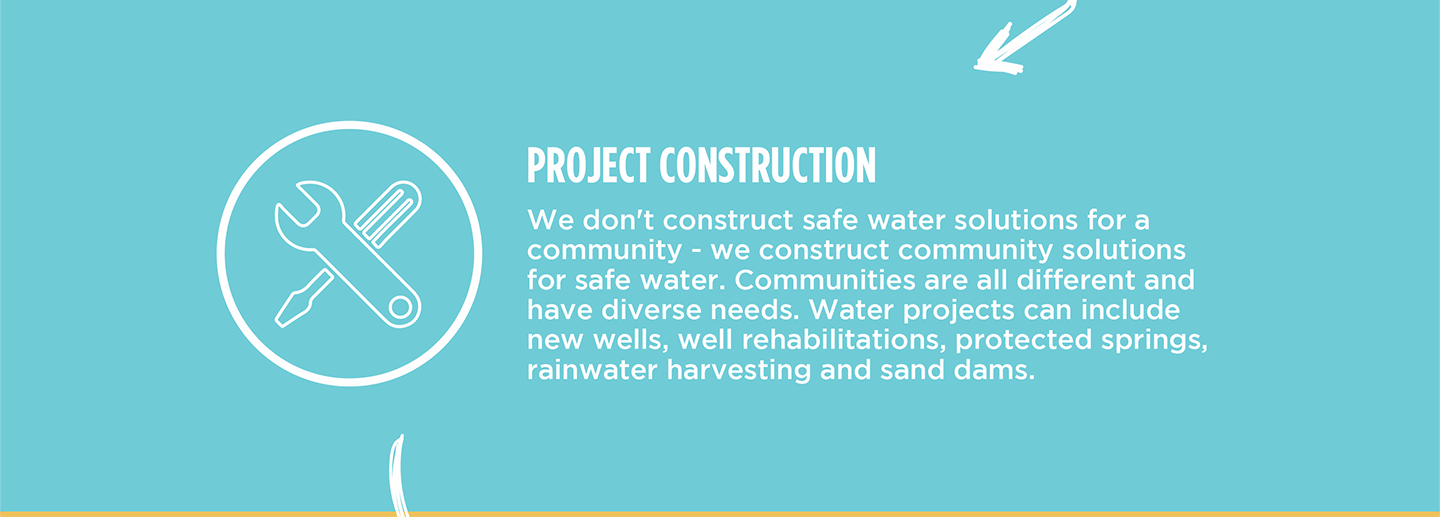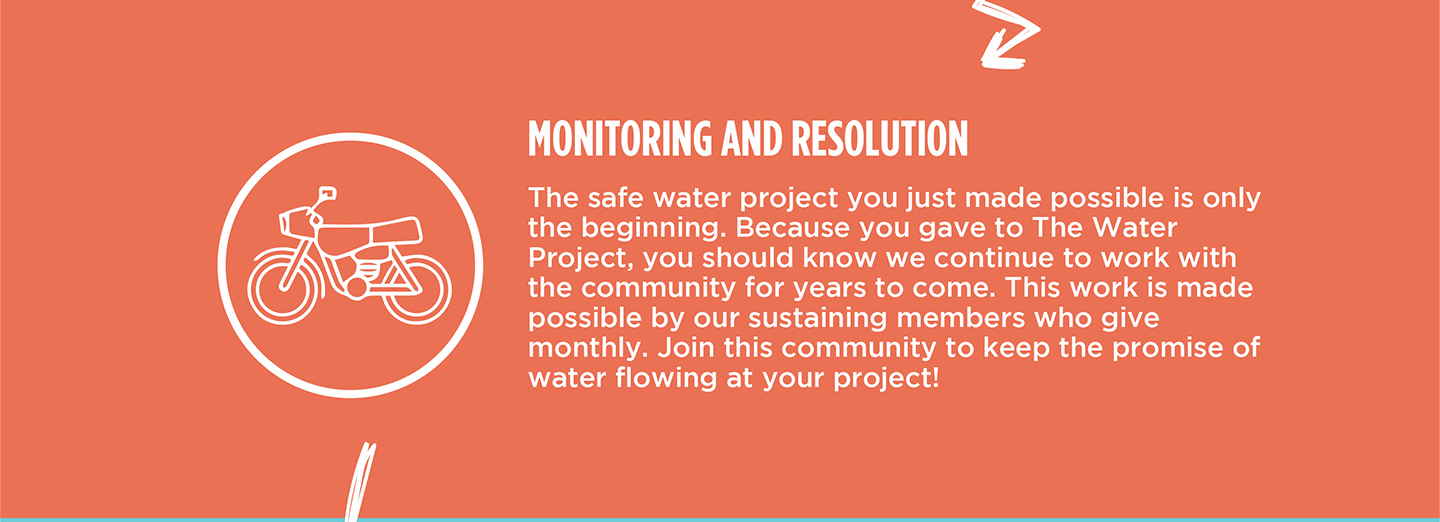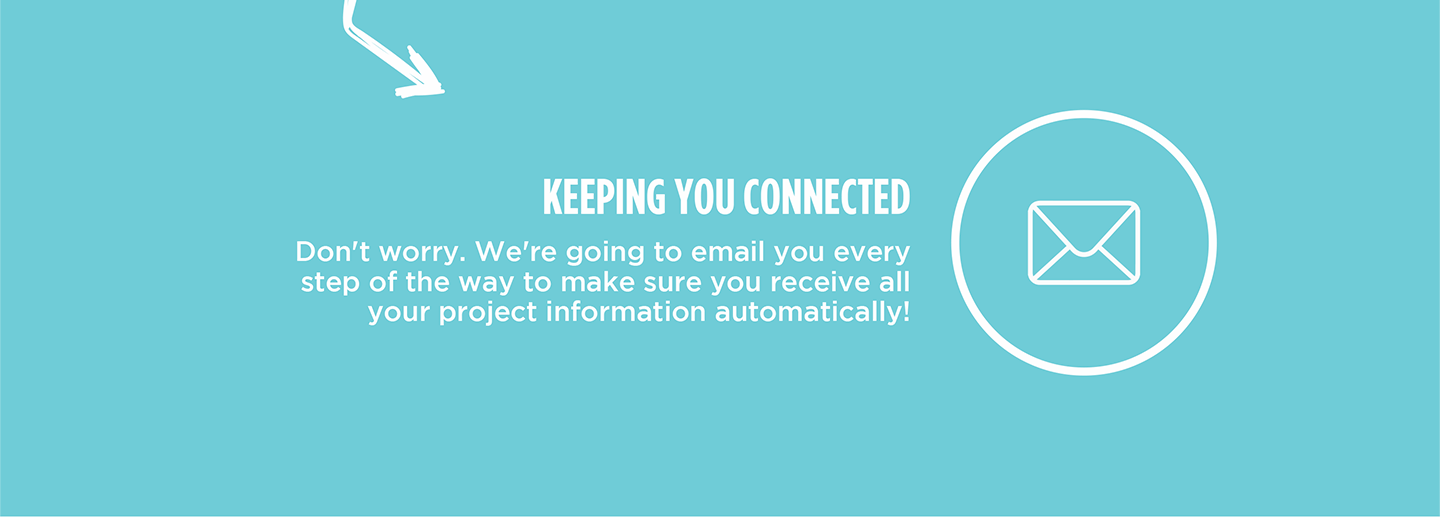For the 112 students and 14 staff at the Kyethani Secondary School, the school day begins not with books, but with a battle for clean and sufficient water. With too little water to meet even their most basic needs, survival takes priority over education, putting the students' futures at risk.

Kyethani Secondary School students in class.
Though a small rainwater harvesting tank lives on campus, it is direly insufficient. This semi-arid region of Kenya experiences long seasons of drought, leading to the tank being empty more often than not.
With no water on campus, the school is often forced to buy water from vendors. Unfortunately, that is a costly option, both financially and for their health. As if the lack of water isn't hard enough, the little water they can afford makes them ill with diseases like typhoid.
Typically, water vendors collect water from scoop holes and bring 20-liter jerrycans of water around to their customers, often using donkeys to transport the water. Scoop holes—just holes dug in dry riverbeds—are shared with animals and exposed to contamination, making them a health hazard.

Water vendors.
Students' families, who often live on very little, are required to pay school fees and contribute to the high cost of water from vendors. If they fall behind, so do their children. If their parents get too far behind, students are sent home to collect school fees.
Mawia is seventeen years old. She loves biology and dreams of becoming a doctor. She has seen the devastating effects of contaminated water on one's health and wants to be a force of change in her community.
However, to achieve her dreams, she needs a good education, which is difficult to attain when she spends much of her time outside the classroom. Even when she is in class, it can be difficult to pay attention when her thirst consumes her.

Mawia.
"Fetching water takes up time that I should be in class or studying. Sometimes I arrive late to lessons or miss them completely, and that affects my performance. The learning setting is also unconducive due to poor hygiene, which makes it difficult to concentrate in class."
"I get sick quite often, especially during the dry seasons when we rely on water brought by vendors. Sometimes the water looks clean, but it's not safe, and we end up with stomachaches or diarrhea," Mawia shared.
"There was a time last term when I drank water at school that had a strange taste. Later that evening, I had a bad stomachache and couldn't eat or study. I had to miss school for two days, and I felt weak and frustrated because I missed an important lesson in biology, which is my favorite subject," she continued.
The Tyaa River is quite a distance from the school, but students are often sent there to collect water when all else fails. This task is a heavy burden, making education the furthest thing from students' minds.
"I’m worried because the river is open and shared with animals. You never know what has gotten into the water upstream. The scooped-out sand in the scoop holes often collapses, and there have been times when some of us have fallen while trying to fill jerrycans."

People collecting water from the Tyaa River, from a previous project.
"The river dries up sometimes, and the scoop holes become shallow and dirty. The tanks at school are too small, and the rainwater doesn’t last. It makes me feel sad and hopeless because we are trying hard to learn, but water problems slow us down," Mawia shared, frustrated by her current circumstances.
The worry that Mawia and her classmates feel steals from their school experience. There's less time for studying, playing, and dreaming, and their health is constantly at risk.
But safe, accessible water will change how their story ends!
Mawia will be able to attend class without fear, focus on her studies, and pursue her dreams without interruption.
She has the passion. With clean water, Mawia can gain the power to transform her future—and her community’s.
"I want to become a doctor. I’ve seen how sickness from dirty water affects my classmates and my family, and I want to help people live healthier lives. But to get there, I need time to study and focus—clean water would really help with that."
Steps Toward a Solution
Our technical experts worked with the local community to identify the most effective solution to their water crisis. Together, they decided to construct a rainwater harvesting system.
Rainwater Harvesting System
A rainwater collection system consists of gutters that channel rainwater effectively into large holding tanks. Attached to buildings with clean, suitable roofing, these systems are sized according to the population and rainfall patterns. Water can be stored for months, allowing for easy treatment and access. Learn more here!
Handwashing Stations
Alongside each water source, we install two gravity-fed handwashing stations, enabling everyone at the school to wash their hands. Handwashing is crucial for preventing water-related illnesses within the school and community. Student “health clubs” maintain the stations, fill them with water, and supply them with soap, which we often teach them how to make.
Community Education & Ownership
Hygiene and sanitation training are integral to our water projects. Training is tailored to each community's specific needs and includes key topics such as proper water handling, improved hygiene practices, disease transmission prevention, and care of the new water point. Safe water and improved hygiene habits foster a healthier future for everyone in the community. Encouraged and supported by the guidance of our team, a water user committee representative of the community's diverse members assumes responsibility for maintaining the water point, often gathering fees to ensure its upkeep.

 Rainwater Catchment
Rainwater Catchment
 Rehabilitation Project
Rehabilitation Project














